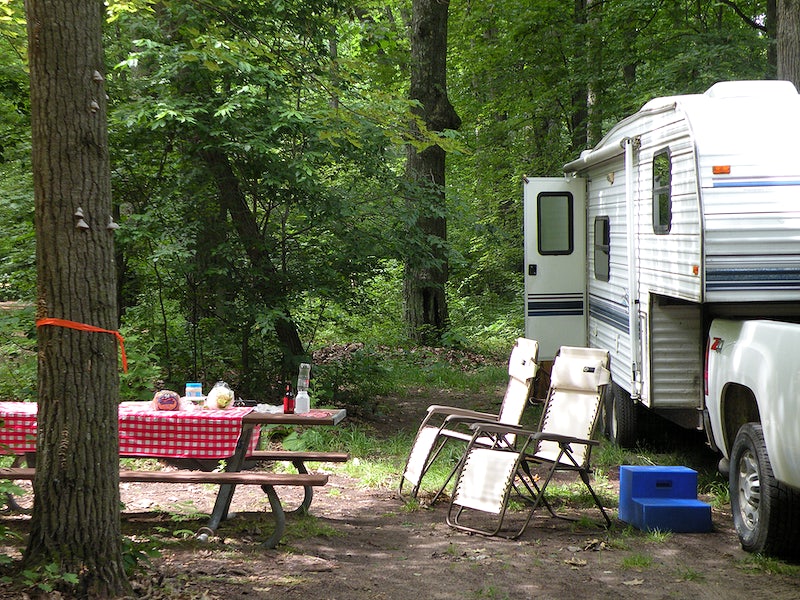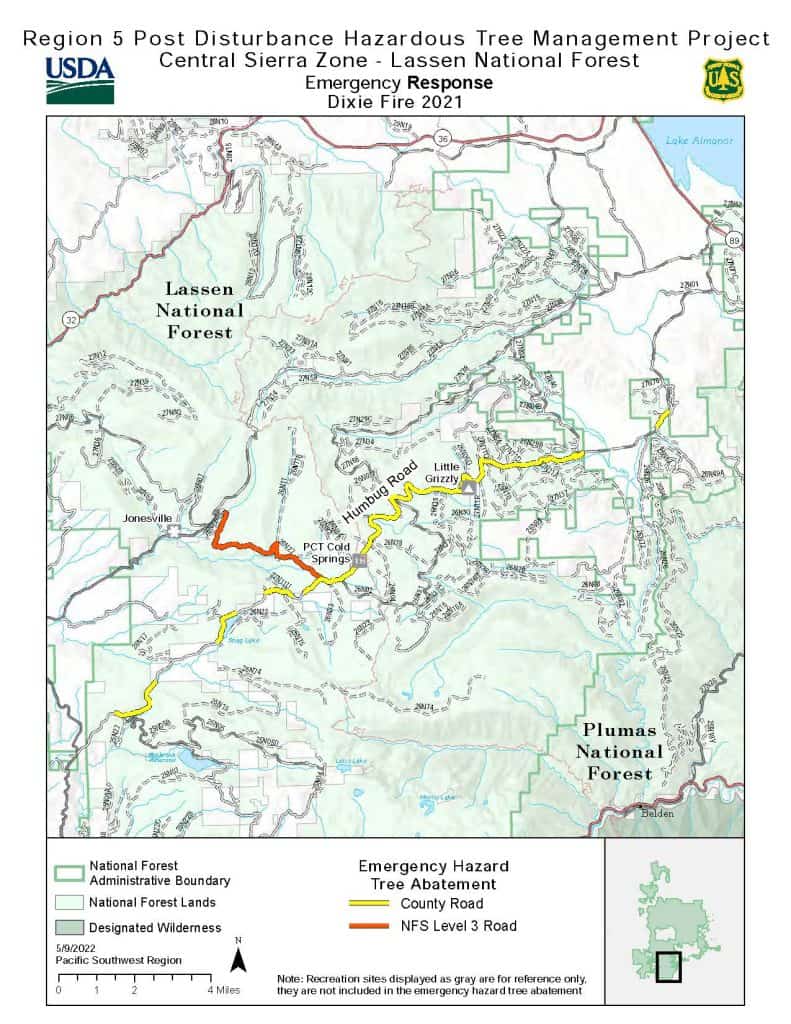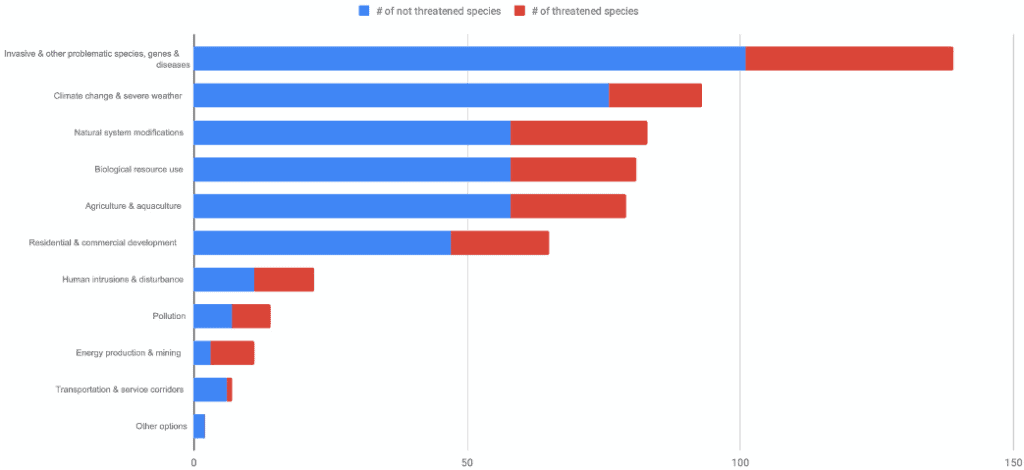The release of the Forest Service report on prescribed fire appears to be on the horizon. On September 2, Source New Mexico reported that the review is in the latter stages; somewhere else I read that the Chief is reviewing the report. According to the news story:
Questions the Forest Service review hopes to answer, according to Chief Moore:
- Does our prescribed fire program incorporate the most current research on climate change?
- Do we use our climate models to add to the expertise of decision-makers on the ground?
- What in our burn plans might need to change?
- Do we have access to accurate weather forecasts?
- Do we have enough personnel for the scale of prescribed fire needed to match the scale of wildfire risk across the landscape?
- Do our existing policies and authorities affect our ability to make sound decisions on the ground?
***********************************************
It won’t surprise any TSW readers that I would have added some questions about research and models…
(1) To what extent have decision-makers on the ground, and fire behavior analysts, specifically, been involved in developing and ground-truthing models that incorporate climate change?
(2) Is the institutional forum for linking modelling improvements and research requested by fire practitioners and that developed by universities and government research entities? Or are those entities simply funding “research that sounds useful to the fire community” without their direct involvement?
(3) Is JFSP the only program specifically targeting practitioner needs? How well are they doing at this, and are any improvements needed? Do they need more funding? How could it be taken from the “sounds plausible” research panels and redirected to research prioritized by fire managers and practitioners?
*********************************
I know the Chief is quite knowledgeable about all this, and how it works, from his many years interacting with FS and other researchers.
But the first two questions seem to assume that existing research is 1) relevant and 2) correct for that problem/area, and it’s only a question of managers adopting it, what I call the “briefcase left under the bridge” view of research links to management. “Pick it up and use it, whether you think it’s useful or not, because someone you don’t know and have never spoken with determined that you need it.” Soon to be followed by accusations of “not using the science” if it is determined not to be relevant or correct. Which of course brings up issues of power and privilege between the studiers and the doers. And of course there are researchers that work closely with practitioners to produce research. But now that wildfire is a cool subject to study in the eyes of the world, various disciplinary crows are circling the funding carcass and not all of them know how to, or will, involve the practitioner community.
I think research should be considered relevant if, and only if, fire practitioners have asked for it, and given input into how and where it’s designed, carried out and interpreted.
I think research should be considered correct if, and only if, it has been ground-truthed by fire practitioners.
These two are not hard targets to achieve. It only appears difficult, in my view, because our research institutions are not (for the most part) currently set up with these goals in mind. So here’s an idea..
Any study that states that it has utility for practitioner communities should be reviewed by representatives of those communities. That information would be available via a link to each journal article. Or better yet, put practitioners on review committees for funding proposals. We tried that when I worked at CSREES, now NIFA, and it resulted in a very different landscape of approaches and designs.






